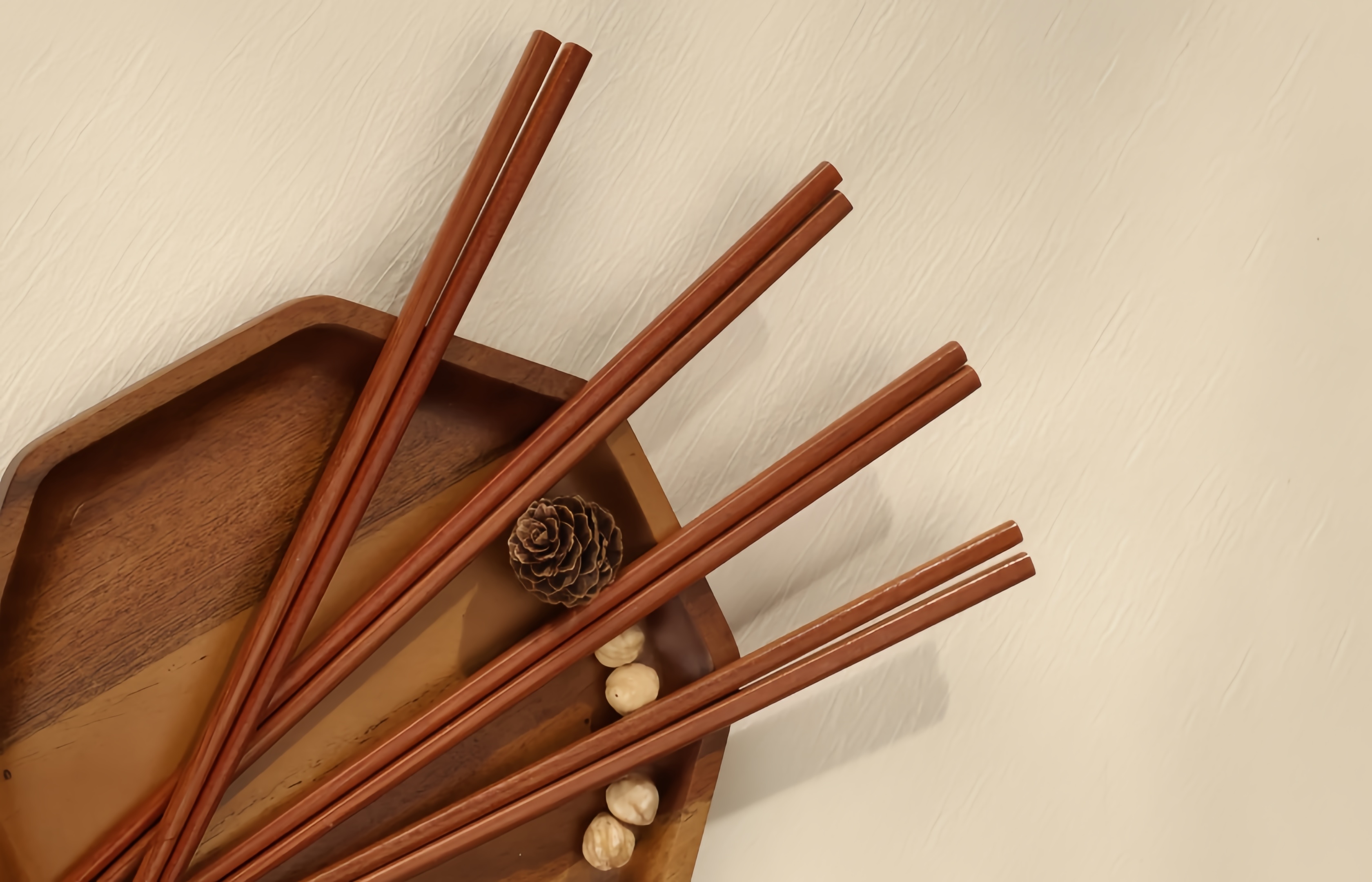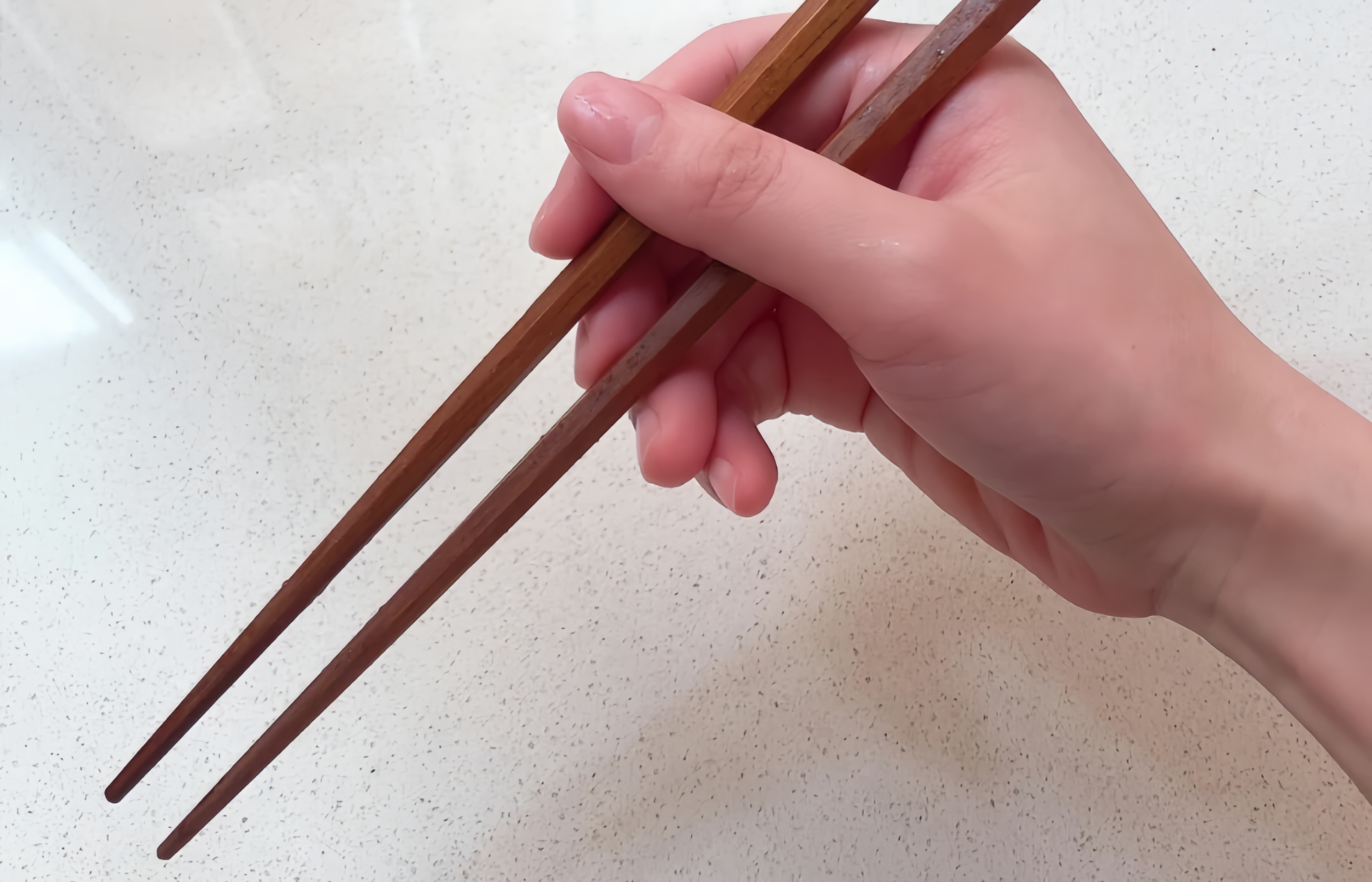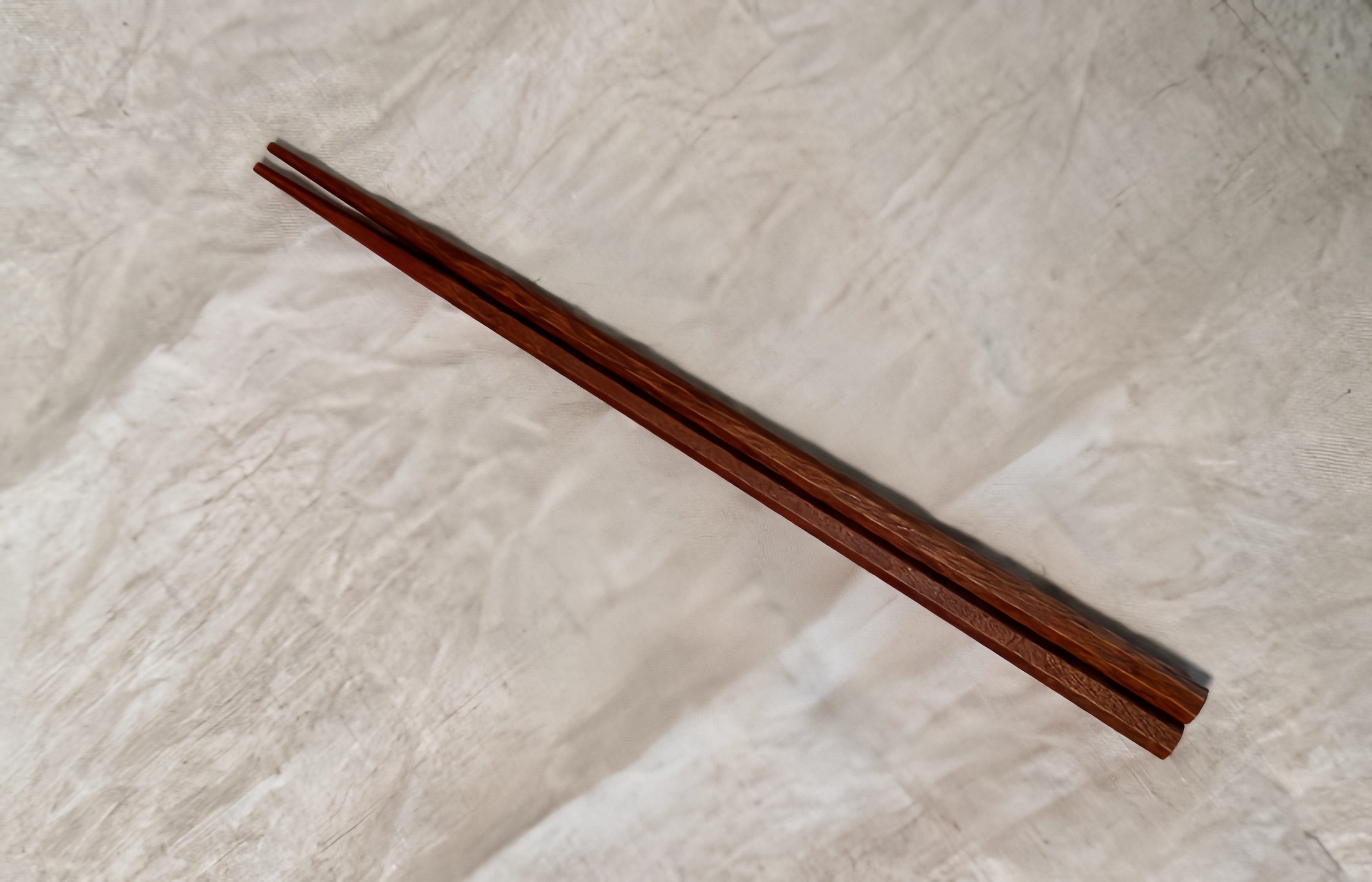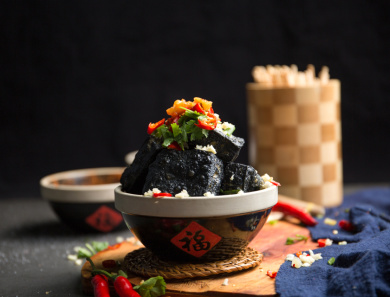Tracing the Historical Footprints: Who Invented Chopsticks and Why

I remember the first time I picked up chopsticks as a child—it was an experience filled with both excitement and awkwardness. The chopsticks seemed to have a mind of their own, constantly slipping from my grasp and falling to the floor, leaving me both amused and frustrated.
Yet, it was through these countless attempts and failures that I gradually mastered the art of using them. This also sparked my curiosity: who invented chopsticks, and how did they become such an essential part of our dining experience?
Who Invented Chopsticks?
Well, there's no definitive answer. One popular legend attributes their invention to Yu the Great. The story goes that during his efforts to control the floods, Yu was incredibly busy and often needed to eat quickly in the wild. Since most food was cooked and too hot to handle with bare hands, he supposedly used tree branches to pick up his food. Over time, these branches evolved into the chopsticks we use today. It makes sense, as people back then would have devised clever solutions to meet their needs.
There are other theories as well, but none with solid evidence. Regardless of who invented them, chopsticks have become a vital part of Chinese culture and have influenced the culinary practices of many neighboring countries. On a Chinese dining table, chopsticks hold a unique charm. They're not just eating utensils; they're symbols of culture. Using chopsticks to pick up food feels almost rhythmic, and the techniques vary with different ingredients. There's a lot of skill involved!
Why do Chinese use chopsticks instead of forks?
Firstly, historical and cultural factors play a crucial role. The use of chopsticks in China dates back thousands of years and is a testament to ancient Chinese civilization. Chopsticks were integrated into daily life in ancient times and were imbued with rich cultural significance. From the perspective of etiquette, there are detailed protocols for using chopsticks, reflecting the Chinese emphasis on manners and serving as an important carrier of traditional culture. Forks, on the other hand, do not have the same historical and cultural development in China and thus lack a strong connection to traditional Chinese culture, which is why they did not become the primary eating utensil.
Secondly, the art of Chinese cooking and the characteristics of Chinese food highlight the advantages of chopsticks. Chinese cuisine is diverse, resulting in a variety of food forms. For instance, many foods need to be picked from hot soups, such as tripe or duck intestines in hot pot, which chopsticks can easily grasp. Even small, slippery foods like peanuts can be picked up with skillful use of chopsticks. There are also many foods requiring delicate handling, such as steamed shrimp dumplings, where chopsticks can perform the task precisely. In contrast, forks are somewhat cumbersome when dealing with these complex and varied Chinese foods and often fail to meet the needs of Chinese dining.
Lastly, dining habits and the dining atmosphere also influence the choice of eating utensils. Chinese people enjoy gathering together for meals, sharing multiple dishes. The use of chopsticks facilitates this communal dining style, allowing diners to freely select their favorite foods from different dishes and easily serve others, enhancing social bonds. Furthermore, eating with chopsticks creates a relaxed and harmonious dining experience. Forks, on the other hand, often convey a sense of fast, individual eating, which doesn't align with the traditional Chinese dining atmosphere. Therefore, chopsticks better suit Chinese dining habits and cultural ambiance, making them the mainstay on our dining tables.

Why are chopsticks square and round?
From a functional perspective, the round end of chopsticks is primarily used for picking up food. The smooth, rounded tip is better suited for gripping slippery items like tofu or meatballs, as it conforms more closely to the shape of the food, reducing the likelihood of it slipping. When handling delicate foods like bean sprouts or shredded meat, the round tip acts like a small clamp, allowing for precise control.
The square end, typically placed on the table, provides stability. The flat, square base prevents the chopsticks from rolling away, ensuring they stay put when you set them down to drink or chat. This design keeps the chopsticks in place, preventing them from falling off the table and getting dirty.
Culturally and aesthetically, the combination of square and round ends reflects traditional Chinese philosophy. In Chinese culture, the circle represents the heavens and the square represents the earth, embodying the ancient concept of "round heaven and square earth." This design symbolizes the pursuit of harmony between heaven and earth. Aesthetically, the blend of square and round shapes adds a layer of sophistication, making chopsticks not just functional utensils but also pieces of art that enhance the dining experience with cultural and visual appeal.
From a craftsmanship and material standpoint, the characteristics of the materials used to make chopsticks influence their shape. Bamboo, for example, is naturally cylindrical, so retaining a round end is straightforward. For wooden or other materials, the square end is often crafted to ensure stability when laid down. Creating chopsticks with one round and one square end maximizes the natural shape of the material while adding practical functionality, showcasing the ingenuity of traditional craftsmanship.
Which countries traditionally use chopsticks?
Several countries have a long-standing tradition of using chopsticks:
China: With a history spanning thousands of years, chopsticks are a significant symbol of Chinese culinary culture. They are used to handle a wide variety of Chinese dishes, from tofu to shrimp dumplings, and are an integral part of dining etiquette.
Japan: Influenced by China, Japan has developed its own unique chopstick culture. Japanese chopsticks are typically shorter and have pointed tips, making them ideal for picking out fish bones and eating sushi and sashimi. They are widely used in both homes and restaurants, with specific etiquette for formal occasions.
Korea: Korean chopsticks are often made of metal and are flat, which makes them suitable for picking up side dishes like kimchi. They are commonly used in settings like Korean BBQ. Korean dining etiquette places importance on the use of chopsticks, including customs such as allowing elders to start eating first.
Vietnam: Influenced by Chinese culture, Vietnam also uses chopsticks. They are convenient for eating dishes like pho and spring rolls. Vietnamese chopsticks are similar to Chinese ones and are used both at home and in street food stalls.
Singapore and Malaysia: In these countries, the Chinese communities have maintained the tradition of using chopsticks. Given the historical and cultural connections, chopsticks remain a primary eating utensil in these regions.
These countries each have their own unique chopstick traditions, reflecting their distinct culinary practices and cultural values.

How long do chopsticks last?
The lifespan of chopsticks largely depends on their material, how frequently they are used, and how well they are maintained.
Material Matters
Bamboo and Wooden Chopsticks: With regular use and proper care, these can last about 3 to 6 months. They are prone to moisture, especially in humid environments, which can lead to mold and bacterial growth. If not dried thoroughly after washing, water can seep in, making them a breeding ground for germs. Over time, their surfaces can get scratched, trapping dirt and bacteria.
Stainless Steel Chopsticks: These are quite durable and can last for several years if not bent or damaged. Stainless steel is stable and less affected by the environment, making it less likely to harbor bacteria. However, if the surface coating wears off, it might react with food or cleaning agents, which could reduce their lifespan.
Plastic Chopsticks: Generally, these can last 1 to 2 years. Lower-quality plastic chopsticks might warp or discolor more quickly. Long-term exposure to high temperatures can cause them to release harmful substances. If they become misshapen or develop an odor, it’s time to replace them.
Usage and Handling
Frequent Use: If you use chopsticks daily, bamboo and wooden ones will wear out faster, shortening their lifespan. Less frequent use can extend their life.
Handling: Avoid using chopsticks to tap on dishes or utensils, as this can cause cracks or breakage, shortening their lifespan.
Maintenance is Key
Proper care can significantly extend the life of your chopsticks:
Bamboo and Wooden Chopsticks: Wash them thoroughly after use and let them dry completely in a well-ventilated area. Periodically boiling them in hot water can help disinfect them.
Stainless Steel Chopsticks: Clean them well and avoid prolonged exposure to strong acids or bases.
Plastic Chopsticks: Keep them away from high temperatures and direct sunlight to prevent warping and degradation.
Can chopsticks go in the dishwasher?
When it comes to dishwashers, different materials react differently. Let’s break it down:
Bamboo and Wooden Chopsticks
It’s generally not recommended to put bamboo and wooden chopsticks in the dishwasher. The high heat and moisture can cause them to warp, crack, or even harbor bacteria, which can shorten their lifespan and pose health risks.
Metal, Plastic, and Ceramic Chopsticks
These types are usually dishwasher-safe, but there are still some precautions to take:
Avoid Scratches: Don’t wash them with sharp items to prevent surface scratches.
Choose the Right Cycle: Use a gentle cycle and mild detergent to avoid damage.
Dry Promptly: Remove and dry them immediately after washing to prevent any unexpected issues.
Whether chopsticks can go in the dishwasher depends on their material. Always use the appropriate method for each type to ensure cleanliness and longevity.























